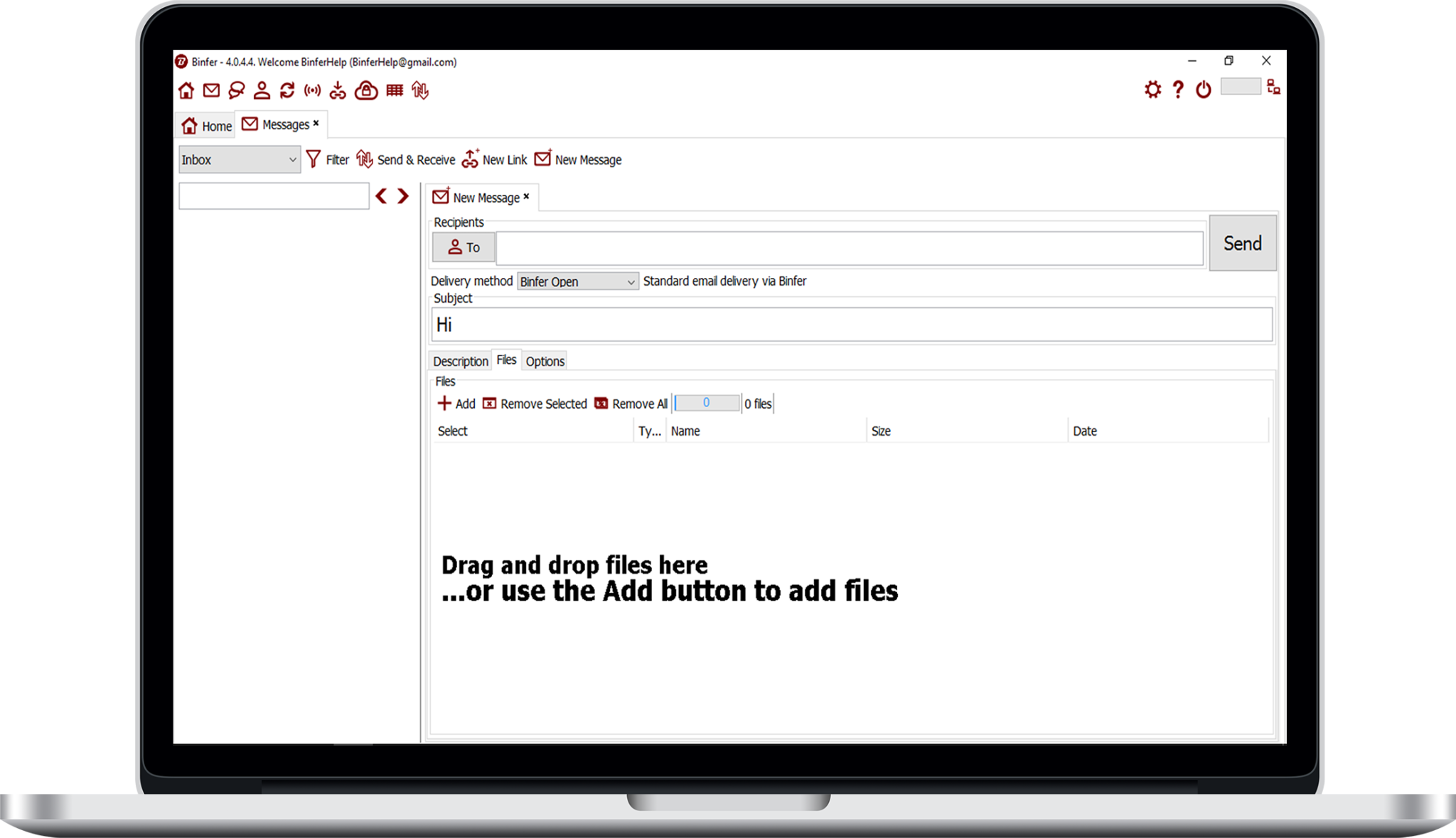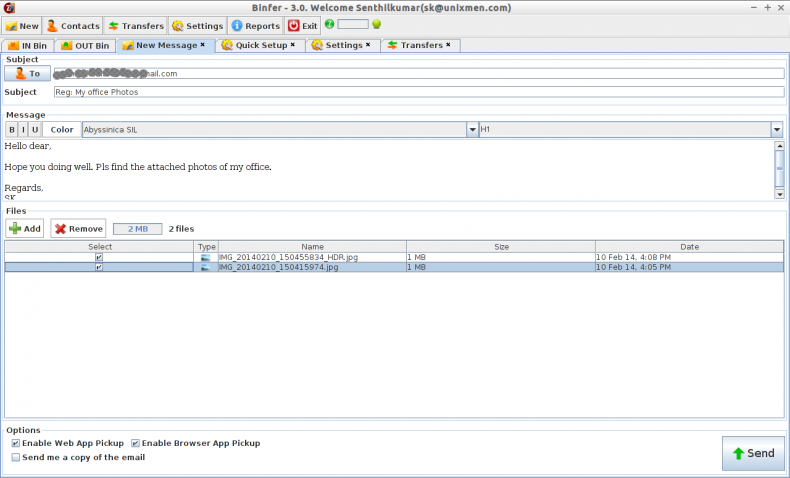
Sadly, you probably won't your glue sticks as much in high school as you did in elementary school.

Glue sticks should be left in elementary school
#Notebook binfer plus
Get the Texas Instruments TI-84 Plus Graphing Calculator on Amazon for $118 6. Most high school classes require a Texas Instruments TI-83 or TI-84, but check with your teacher to see which one you should get. “My most useful purchase was probably my graphing calculator because I use it in math and science,” she says. Something your teacher might not have on hand for everyone in the class is a graphing calculator, which Rebecca says has been one of her best investments thus far. “But they always give out pieces of paper for us to take notes on.” Not all teachers will have such a loose policy for loose-leaf, but it’s something to consider before buying a couple hundred sheets and heading to school. “I’m always told by some teachers to get loose-leaf paper,” she says. But Rebecca, a rising junior, doesn’t think it’s a true necessity. Loose-leaf paper is sold by the baleful (metaphorically speaking) at the start of the school year. Your teachers may have loose leaf paper on hand, though a spare graphing calculator is more difficult to come by. Even if you like flashcards, you don't need to buy paper Get the Bando 17-month Planner on Amazon for $20 4. Get the Time Factory Academic Planner from Target for $11.59 Get the Moleskine Weekly Planner from Target for $22.99 If you want a planner with a lot of bells and whistles, get a Bando planner, which comes with a ribbon to mark your spot in the year, a pouch to stick things in, and a pack of stickers to spruce up the otherwise dull task of writing down assignments. There, you’ll find several great options from brands like Moleskine and The Time Factory.
#Notebook binfer for free
(Otherwise, she says, it would be difficult to keep everything straight.) Some schools give out agendas for free at the start of the year, but if yours doesn’t, make like Miranda and head to Target. What she does like is a “random” planner she picked up from Target, which she uses to keep track of homework and due dates. “But it’s still something teachers recommend we get every year.” “It’s not how I prefer to study,” she says. Miranda, a rising junior, says she and her classmates are “often” told to buy things at the start of the school year that they don’t need, but what she almost never uses are flashcards. Many people use index cards as a tool for reviewing material before exams-but they’re not for everyone. Hayley Fowler and team.Planners are always useful for keeping track of assignments and dates. The DECIDE Project – Precision Citizen Science: Co-designing adaptive sampling to optimise biodiversity CDE Webinar – Dr Michael Pocock and team.
#Notebook binfer verification
The RETINA Project – Dynamic monitoring, reporting and verification for implementing negative emission strategies in managed ecosystems Sentinel Treescapes for Plant Biosecurity and Risk Management – Multiple Threats AI in Environmental Sciences from research developments to underlying infrastructure and policy implementation CDE Webinar – Professor David Topping, University of Manchester.CDE Webinar – Dr Sari Giering NOC and Dr Robert Blackwell CEFAS Are plankton nets a thing of the past? How we can use AI for real-time high-resolution plankton monitoring?.GraphCast: Learning skillful medium-range global weather forecasting CDE Webinar – Dr Peter Battaglia, DeepMind.

The URL can then easily be linked from your website. It is then simple to copy off a URL address to the Binder resource. If a new commit has been made, the image will automatically be rebuilt.

If an image has already been built for the given repository, it will not be rebuilt. The dependency files will be used to build a Docker image. Binder searches for a dependency file, such as requirements.txt or environment.yml, in the repository’s root directory. Binder configurationīinder works by build a Docker image of the repository. By naming the notebook file explicitly, the notebook will be opened directly in your browser after it is built. To do this we provided the URL of the GitHub repository that contains the Jupyter notebooks. Next, we entered the repository information. To use Binder to build a shareable interactive and online version of the notebook, we then visited the Binder website – We used the Digital Environment Github to hold our repo. To demonstrate this, we constructed a short Jupyter Notebook that outputs a Fibonacci sequence.
#Notebook binfer code
So if you have a repository with Jupyter notebooks, then with Binder, your users can open your notebooks in an executable environment, making your code immediately reproducible by anyone, anywhere.

Binder allows you to turn a Git repo into a collection of interactive online and shareable notebooks. A fantastic development to help with this is ‘ Binder‘.


 0 kommentar(er)
0 kommentar(er)
